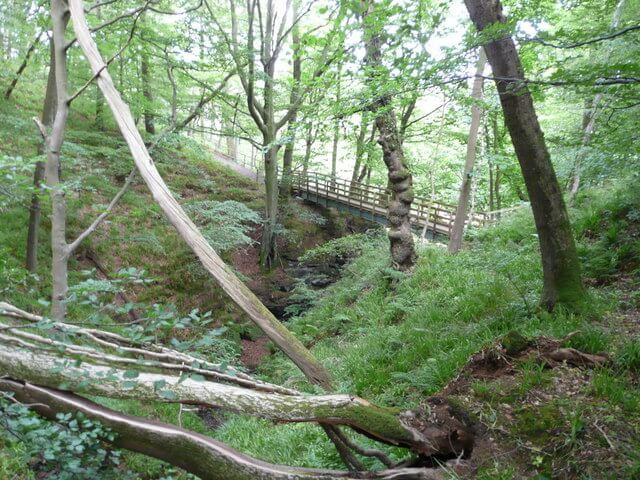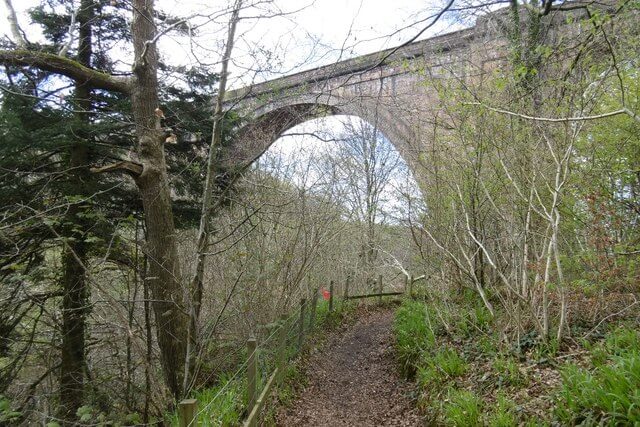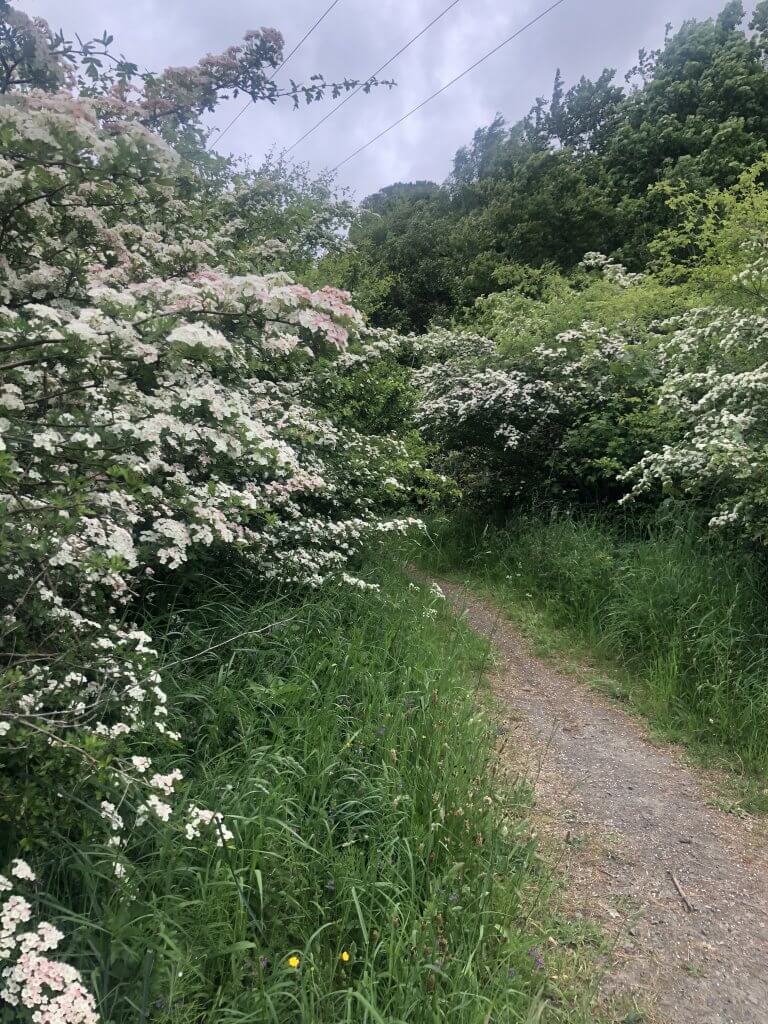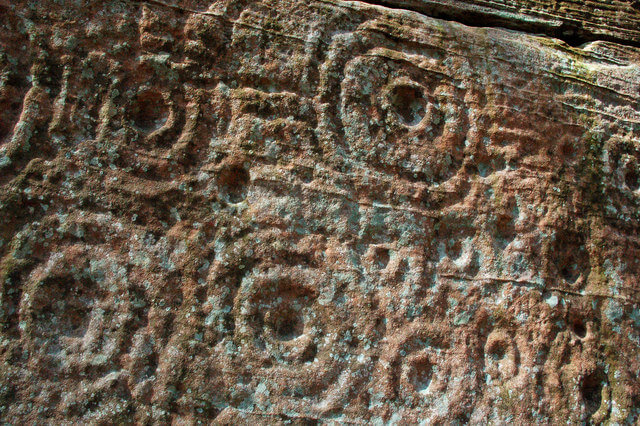A river of time
June 13, 2021, 8:18 pm , by Newsroom
The millenia of history makes this Scottish trail special, says Richard Lutz

‘WE used to call this The Bluebell Wood’ John told us. We were sitting under a roof of beech trees that lines The River Ayr path south of Glasgow. It’s a gorgeous bit of Scotland.
John recounted that, as kids, he and his pals would scramble down the rock face of the deep Kingencleuch Ravine. This was way before walkways, wooden bridges and safety rails were built to save kids like him from actually falling into the deep gorge that the curving river cuts through. His memories were glorious days of childhood, skinned knees and adventure.
Happily, the river and its 44 mile path remain a gem, running and tumbling from the Glenbuck Hills (famous to Liverpool football fans) to the port city of Ayr.
Right now, the nearby white and pink hawthorn trees decorate the warm days. Here they are:
And bound up with these wild blooms lies the the meaning of the near inscrutable Scots warning: ‘Ne’er cast a cloot til May is oot..’
To translate: don’t chuck off those warm clothes (cloot) til the May trees (the hawthorns) bloom. And that happens by mid-June. So to reduce it even further: don’t go out in your t shirts and shorts til the second week of June. Which is now.
We zigzag through John’s old bluebell playground; the hardpacked trail is in good shape despite a ban on maintenance due to the pandemic. The gorge deepens and then is spanned by the Ballochmyle rail bridge. It’s a Victorian stunner…

… it appears as a remnant from another era, a monolith from before the world we now know, a world when steam engines roared across the river. More tha 150 years old and it still carries the weight and speed of modern trains.
The blue flash of a kingfisher swoops over the river below. A hawk’s call pierces the air. We walk on and the giant viaduct disappears behind a twist of the gorge. In the tangle of deep woods, hiding a little muddy stream, we’re confronted and then seduced by the remains of the sandstone quarry which provided the bridge’s stonework. On its walls are a tapestry of hieroglyphics that go back 6000 years. They are the hidden Neolithic cup and ring carvings that archaeologists have analysed, photographed, puzzled over, aimed laser beams at to find clues of their origins.
But no one knows how old they are- or why they were created. They are an inscrutable display of spheres, circles, tiny holes in patterns. There are no answers here, only questions hidden near The River Ayr, a river that flows through time.






Arri Shah
Hope to visit this part of the world some day
Mary P
The Spirit of Shankly lives on!
Will Travel
A lovely part of the country but one I haven’t explored on foot that much. Am thinking of walking the Southern Upland Way once we can move more freely again, assuming Boris doesn’t find another distant variant to humour!
Fran Barnes
Wonderful stuff
Simon Paul
I want to be there
Julie
Were those the same cup and rings that I saw with you on my last visit to Scotland? The land looks so lush and beautiful at this time of the year.
Lol Rice
some of my favorite places
Black oak
Is there a Scottish Pevsner?
Subscribe to new posts.